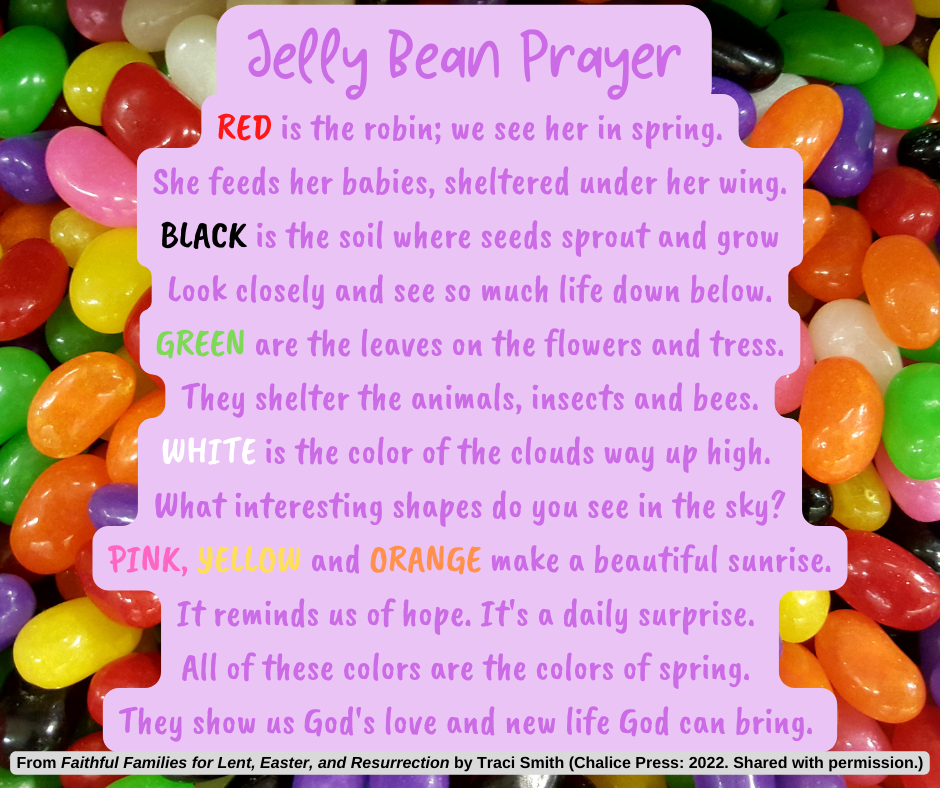By Tanya Yuen, Children and Family Ministries Associate
In grade 9, a teacher, knowing I went to church, asked me which holiday was more important to Christians – Christmas or Easter. I was a new Christian, and I was not sure how to answer. Seeing my confusion, he told me that Christians would say that Easter is more important. He, however, could not understand why. As I continued in my discipleship journey, I did come to discover that indeed Easter is the high point of our faith as followers of Jesus. However, I was always troubled by that teacher’s disdain of what he thought was this ‘bloody, torturous’ Easter message that was supposed to be “Good News.” Eventually I learned that he had gone to church as a child and the memories that were vivid to him were of Jesus being tortured and God sending His Son to the cross to die for his sins.
Years later, as I began to pastor families, I received questions about how to talk with kids about the Easter story, and in particular Good Friday. I remembered my teacher’s experience, and I realized it is important to carefully think through what we emphasize as we speak about this season with kids at church. Sin is part of the story, and Jesus in fact was tortured and crucified, and we should not try to “sanitize” that aspect. We cannot fully appreciate the depth of the celebration of Easter without contemplating the events that led up to his death. I wonder, though if perhaps we place a little too much emphasis on the more violent aspects, darkness and sin, particularly with young kids?
Two resources that I used for many years at church are the “Jelly Bean Prayer” and “Resurrection Eggs”. The ideas behind both are great. They use common items we see at Easter to share the story of Jesus. The traditional Jelly Bean Prayer puts a lot of focus on sin and the blood of Jesus. Resurrection Eggs, use plastic Easter eggs filled with symbols of Holy Week. A lot of those symbols, however, focus on the violent details of the story. As I listened to questions children would ask and watched how some would react, I became uncomfortable with using them in Sunday school. Within the context of individual families, these difficult conversations can be more personalised and addressed appropriately. I stopped using them at church, despite how much I liked them. I was delighted this year to receive author Traci Smith’s newest book Faithful Families for Lent, Easter & Resurrection as she has done a “redo” of both the Jelly Bean Prayer and Resurrection Eggs. Her version of the Jelly Bean Prayer puts the focus on new life and is great to use even beyond the season of Easter. Her version of Resurrection Eggs focuses on 4 symbols of Jesus’ Life (water, bread, towel, fish); 4 symbols of Jesus’ Death (candles, spices, linen cloth, rock); and 4 symbols of Jesus’ Resurrection (sunrise, garden, Jesus’ head cloth, empty tomb). You can find the Scriptures and description with a free downloadable resource here. I have created a printable card with the Jelly Bean Prayer that you can copy. I wonder how you share the message of Easter with kids at your church.


You’ve made some very good points about Good Friday and Easter. However, the Jelly Bean Prayer, while very nice, is not a prayer. It speaks to a child, not to God.
Also, it should be “trees” not “tress”.
Thank you so much for your feedback Esther!
Thank-you for sharing ‘updates’ of both ‘classics’. As a child I was introduced to the ‘wordless book’ (gold-heaven, black (update as ‘dark’ page)- sin; red – Jesus blood/God’s love; white (update as ‘clean’ page) – forgiveness of sin; green – growth (prayer/God’s word). I agree with Esther’s comments on the Jelly Bean ‘Prayer’–too ‘watered down’.
As for the ‘Resurrection Eggs’ update– several are the same as the original. The biggest impact is the ’empty one’ –empty tomb.
I have allowed the children to choose eggs ‘randomly’ and that works well after sharing the story in sequence as a ‘review’. I also have left out some of the eggs to adapt to age/attention span. Older children should be aware of the ‘darker’ sides of the story, depending on their maturity and familiarity with Jesus suffering/death and resurrection.
PS–I also prefer to use ‘Resurrection Sunday’ and NOT ‘Easter’ (which is a goddess of fertility) hence bunnies, etc